 Your new post is loading...
 Your new post is loading...

|
Scooped by
DocBiodiv
|
Par l'OFB et le Centre méditerranéen de l’environnement et de la biodiversité L’objectif des travaux de recherche est de développer des connaissances et d’apporter une meilleure compréhension des fonctionnements des écosystèmes terrestres dans un contexte de changements climatiques et de pression anthropique accrue, permettant de contribuer à l’évaluation de l’efficacité des pratiques de gestion.

|
Scooped by
DocBiodiv
|
Understanding the relative effectiveness and enabling conditions of different area-based management tools is essential for supporting efforts that achieve positive biodiversity outcomes as area-based conservation coverage increases to meet newly set international targets. We used data from a coastal social–ecological monitoring program in 6 Indo-Pacific countries to analyze whether social, ecological, and economic objectives and specific management rules (temporal closures, fishing gear-specific, species-specific restrictions) were associated with coral reef fish biomass above sustainable yield levels across different types of area-based management tools (i.e., comparing those designated as marine protected areas [MPAs] with other types of area-based management).

|
Scooped by
DocBiodiv
|
Anthropogenic light is ubiquitous in areas where humans are present and is showing a progressive increase worldwide. This has far-reaching consequences for most species and their ecosystems. The effects of anthropogenic light on natural ecosystems are highly variable and complex. Many species suffer from adverse effects and often respond in a highly specific manner. Ostensibly surveyable effects such as attraction and deterrence become complicated because these can depend on the type of behavior and specific locations. Here, we considered how solutions and new technologies could reduce the adverse effects of anthropogenic light.

|
Scooped by
DocBiodiv
|
Comment préserver la mer Méditerranée, ce joyau soumis à de multiples pressions ? C'est l'objectif des réserves marines. Plongée au cœur de celle de Banyuls, dans les Pyrénées orientales, considérée comme un modèle.

|
Scooped by
DocBiodiv
|
Ce plan confirme d’ici 2022 la création de quatre nouveaux parcs naturels régionaux : Picardie maritime-Baie de Somme, Mont Ventoux (créés en 2020), Corbières-Fenouillèdes et Doubs Horloger. Il prévoit aussi d’ici 2022 d’étendre la réserve naturelle des terres australes françaises sur l’ensemble des eaux marines de Crozet, Kerguelen et Saint-Paul et Amsterdam , de transformer le parc naturel marin des Glorieuses (océan Indien) en réserve naturelle nationale et de compléter le réseau d’aires protégées dans les (îles) Éparses (océan Indien). Quelque 10 % du territoire seront en protection forte , contre 1,8 % aujourd’hui, c’est-à-dire des zones où les pressions engendrées par les activités humaines susceptibles de compromettre la conservation des enjeux écologiques de cet espace sont supprimées ou significativement limitées, et ce de manière pérenne .

|
Scooped by
DocBiodiv
|
A healthy Ocean is critical for achieving sustainable development goals but the Ocean is threatened by multiple stressors. There is a global call to increase the coverage of marine protected areas (MPAs) from 10% to at least 30% by 2030. France, a major actor for marine conservation with the second largest exclusive economic zone (EEZ) in the world, with territories in all Ocean basins but the Arctic, aims at reaching the 30% by 2022, for which one third shall include a strong protection status. However, the strategy to reach this twofold target faces two challenges. First, while some standards exist to classify the levels of protection, France is currently using a case specific, loose approach to define strong protection. Second, there is no criteria that addresses the representativeness of the protection across French Ocean basins. Here, we assess the protection levels of the 524 French MPAs and their distribution across territories and habitats. While 33.7% of France’s waters are covered by an MPA, 12.5% of these areas do not impose regulations stronger inside than outside. Full and high levels of protection, the most effective for biodiversity conservation, represent only 1.6% of French waters and are unevenly distributed across Ocean basins and habitats, with 80.5% concentrated in a single territory.

|
Scooped by
DocBiodiv
|
In the face of intense human pressure on European seas, a network of well-managed marine protected areas (MPAs) is critical for marine biodiversity protection. In 2018, the EU (including, at the time, the United Kingdom) declared having met international targets for marine conservation, by designating more than 10% of its waters as MPAs. However, this declaration of success ignored the fact that designation is just one step towards achieving real protection. Without effective management, designated MPAs remain mere ‘paper parks’ that provide little to no actual protection.
|

|
Scooped by
DocBiodiv
|
Abstract: Coral Reef Islands (CRIs) support key colonies of tropical seabirds, whose long-term sustainability is under growing threat from climate change and small-scale, island-specific pressures such as invasive species or human disturbance. Unlike most compartments of reef ecosystems, CRI seabirds have been poorly studied from a biogeographical perspective, which questions the relevance of existing conservation policies. Here, we investigate the effects of ecological, geographical and anthropogenic drivers on the diversity and abundance of CRI seabird communities, using survey data acquired over the 2000–2023 period in 100 CRIs of New Caledonia, South-western Pacific.
La Commission pour la conservation de la faune et la flore marines de l'Antarctique, qui regroupe 26 pays et l'UE, a échoué à trouver un accord pour instaurer de nouvelles aires marines protégées, malgré la fonte accélérée des glaces autour du pôle Sud, ont annoncé vendredi des ONG de défense de l'environnement.
Via Hubert MESSMER

|
Scooped by
DocBiodiv
|
Human rights matter for marine conservation because people and nature are inextricably linked. A thriving planet cannot be one that contains widespread human suffering or stifles human potential; and a thriving humanity cannot exist on a dying planet. (...) We argue that adopting a human rights-based approach to marine conservation, that is integrating equity as a rights-based condition rather than a charitable principle, will not only help meet legal and ethical obligations to respect, protect, and fulfil human rights, but will also result in greater and more enduring conservation impact.

|
Scooped by
DocBiodiv
|
La France, deuxième zone économique exclusive au monde (plus de 10 millions de kilomètres carrés avec l’outre-mer), ambitionne de recouvrir 30 % de son territoire océanique par des aires marines protégées (AMP) d'ici 2022, dont un tiers en "protection forte”. Tandis que la stratégie nationale sur les AMP vient d’être annoncée, une équipe de scientifiques du CNRS a étudié les 524 AMP françaises. Premier constat: l’objectif de 30 % est atteint mais avec une répartition très inégale.

|
Scooped by
DocBiodiv
|
Abstract: Increasing anthropogenic pressures such as pollution, climate change or invasive species can have multiple impacts on ecosystems and the services (ES) they provide. To address the potential effects on ES provision, we propose a geospatial framework to identify and analyze the cumulative effects on terrestrial and freshwater ES. The framework includs an impact chain analysis based on ten pressures grouped into six categories (pollution, climate change, land-use change, overexploitation, land fragmentation, invasive species) and their single or multiple effects on five key ES of the Alpine environment (recreation, forest protection, CO2 sequestration, habitat maintenance, grassland biomass). Results show that the areas most affected by cumulative effects were located in major urban centers, in the Po Valley, Germany, Slovenia, and in coastal areas of the Adriatic Sea. The spatial coincidence analysis of pressure P-ES on IUCN protected sites showed that protection categories IV and V mostly had high P/high ES scores.

|
Scooped by
DocBiodiv
|
La pandémie actuelle et ses impacts économiques auraient accéléré la déforestation dans de nombreuses zones tropicales. Cette déforestation accrue augmente les interactions entre faune sauvage et activités humaines, et donc les risques d’émergence de nouvelles épidémies. Dans un « policy paper » de Perspectives in Ecology and Conservation, une équipe de chercheurs met en garde contre le cercle vicieux qui s’installe. Les maladies zoonotiques, la santé publique, l'économie, l'agriculture et la gestion des forêts y apparaissent tous intrinsèquement liées.

|
Scooped by
DocBiodiv
|
Protected areas (PAs) are a key strategy for conserving nature and halting the loss of biodiversity. Our results show that while many PAs are effective, the large focus on increasing terrestrial coverage toward 17% of the earth surface has led to many PAs failing to stem human pressure. This is particularly the case for nonforested areas, which have not been assessed in previous analysis. Thus, we show that relying only on studies of remote-sensed forest cover can produce a biased picture of the effectiveness of PAs. Moving forward beyond the current biodiversity targets, there is a need to ensure that quality rather than quantity is better integrated and measured.
|
 Your new post is loading...
Your new post is loading...
 Your new post is loading...
Your new post is loading...





![[Projets de recherche] Fonctionnalités des milieux terrestres et efficacité des pratiques de gestion. Restitution | Biodiversité | Scoop.it](https://img.scoop.it/NGYd6SySNnNUkS8ICsyBhTl72eJkfbmt4t8yenImKBVvK0kTmF0xjctABnaLJIm9)


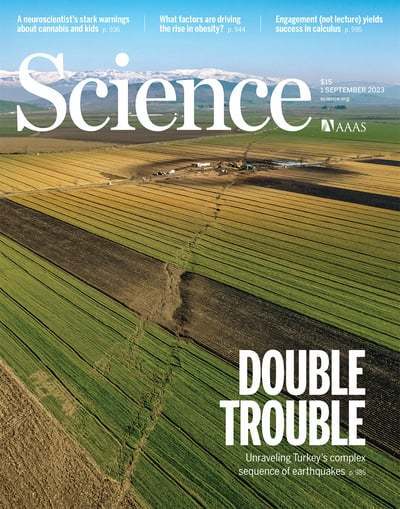
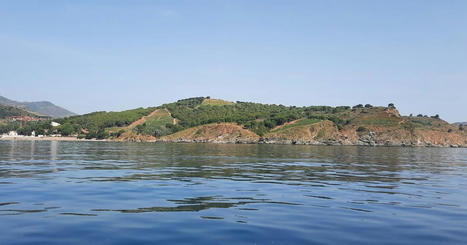


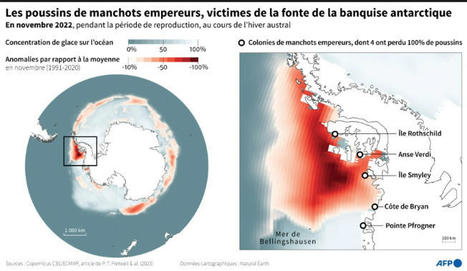
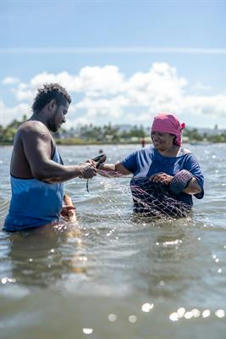
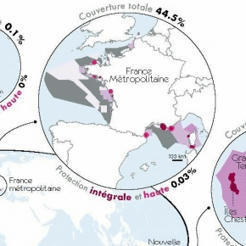

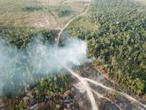
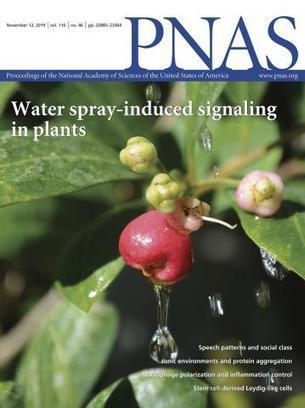





Exemple de projet dont vous trouverez les détails en ligne : Projet ManagForRes - Effet de la gestion forestière sur la réponse des écosystèmes forestiers guyanais aux changements climatiques. Contact Adrien JAILLOUX